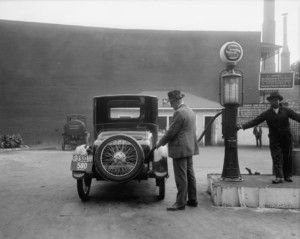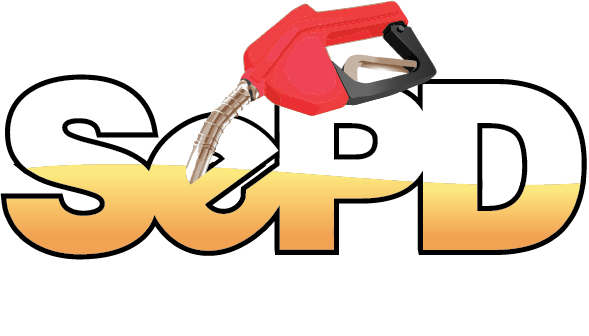 The history of business is full of stories of companies that didn’t adapt quickly enough to change. One of the most famous is that of Kodak.
The history of business is full of stories of companies that didn’t adapt quickly enough to change. One of the most famous is that of Kodak.
Eastman Kodak was the king of film photography. While it struggled to make inroads into other industries, such as batteries, it failed to prepare itself for the onslaught of digital photography. Its huge investment in a Photo CD was behind the times right out of the gate, as the way everyone thought about photography and photo storage rapidly changed. By the time the company was neck-deep in technology, it had already lost the race. The New York Times reported last year that Kodak’s annual sales had dropped from $19 billion in 1990 to $2 billion.
How is Kodak’s story relevant to your gas station or convenience store? Change is all around us, especially in technology, and to stay on the edge in business and earnings, you have to keep up.
The first gas station was built in Missouri in 1905. The first canopy over the pumps arrived in 1916, according to the National Association of Convenience Stores.
It’s been a century since then, and we’ve already seen tremendous change in the industry. There was a time when you’d pull into a gas station, and a pump jockey would fill the tank, check the oil and tire pressure and wash your windshield. The first remote self-service pumps arrived in 1964 in Colorado. Over the years, services curtailed, and pay-at-the-pump became a reality in 1986.
In addition, gasoline used to be the main way service stations made money. Now, with margins so tight, gas might even be a loss leader — a way to lure customers into a store, where margins are much better, at 30 or 40 percent. Gas is no longer the best way for gas stations to earn money, especially since large markets like Walmarts started selling fuel in the 1990s.
Now the convenience store business overshadows the gas station. Stores are finding success in selling more than candy bars and bottles of oil. Now, they offer hot, fresh food and large, clean facilities that invite customers to spend time and money.
Has your store looked at its food options, retail space and bathrooms? Are you keeping up with trends and customer demands?
When it comes to technology, there are even more goals to meet. Are you using the latest software for payment and inventory? Are you moving toward the latest pay-at-the-pump technology so customers can use EMV or chip cards and systems like Apple Pay?
If you’re skeptical about these developments, ask yourself one question: How much Kodak film are you selling at your store these days?
There’s some hot food for thought.





